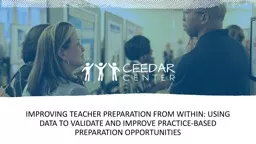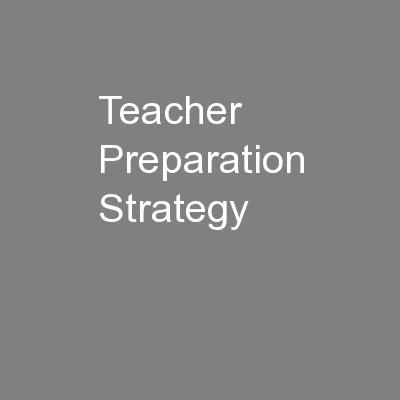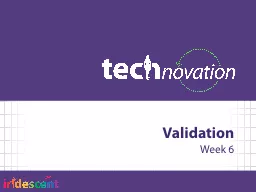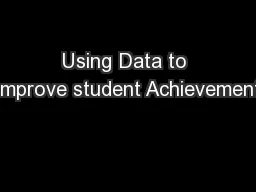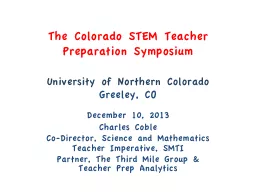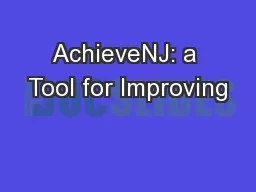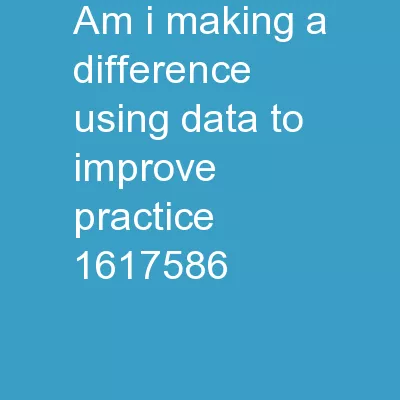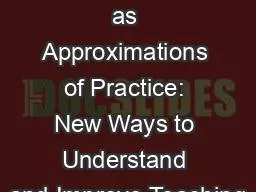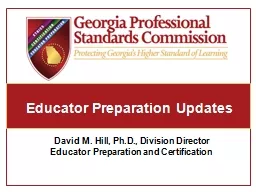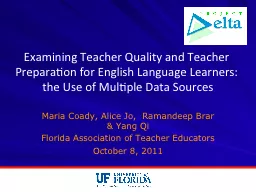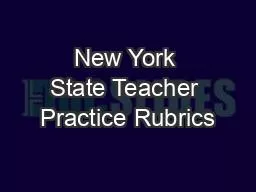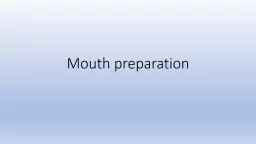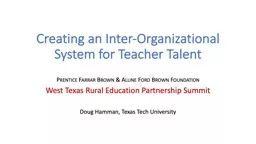PPT-Improving teacher preparation from within: Using data to validate and improve practice-based
Author : tatiana-dople | Published Date : 2018-11-17
Presenters Mary T Brownell CEEDAR Director University of Florida Amber Benedict University of Florida Melinda Leko Chair University of Wisconsin Madison Cara RichardsTutor
Presentation Embed Code
Download Presentation
Download Presentation The PPT/PDF document "Improving teacher preparation from withi..." is the property of its rightful owner. Permission is granted to download and print the materials on this website for personal, non-commercial use only, and to display it on your personal computer provided you do not modify the materials and that you retain all copyright notices contained in the materials. By downloading content from our website, you accept the terms of this agreement.
Improving teacher preparation from within: Using data to validate and improve practice-based: Transcript
Download Rules Of Document
"Improving teacher preparation from within: Using data to validate and improve practice-based"The content belongs to its owner. You may download and print it for personal use, without modification, and keep all copyright notices. By downloading, you agree to these terms.
Related Documents

